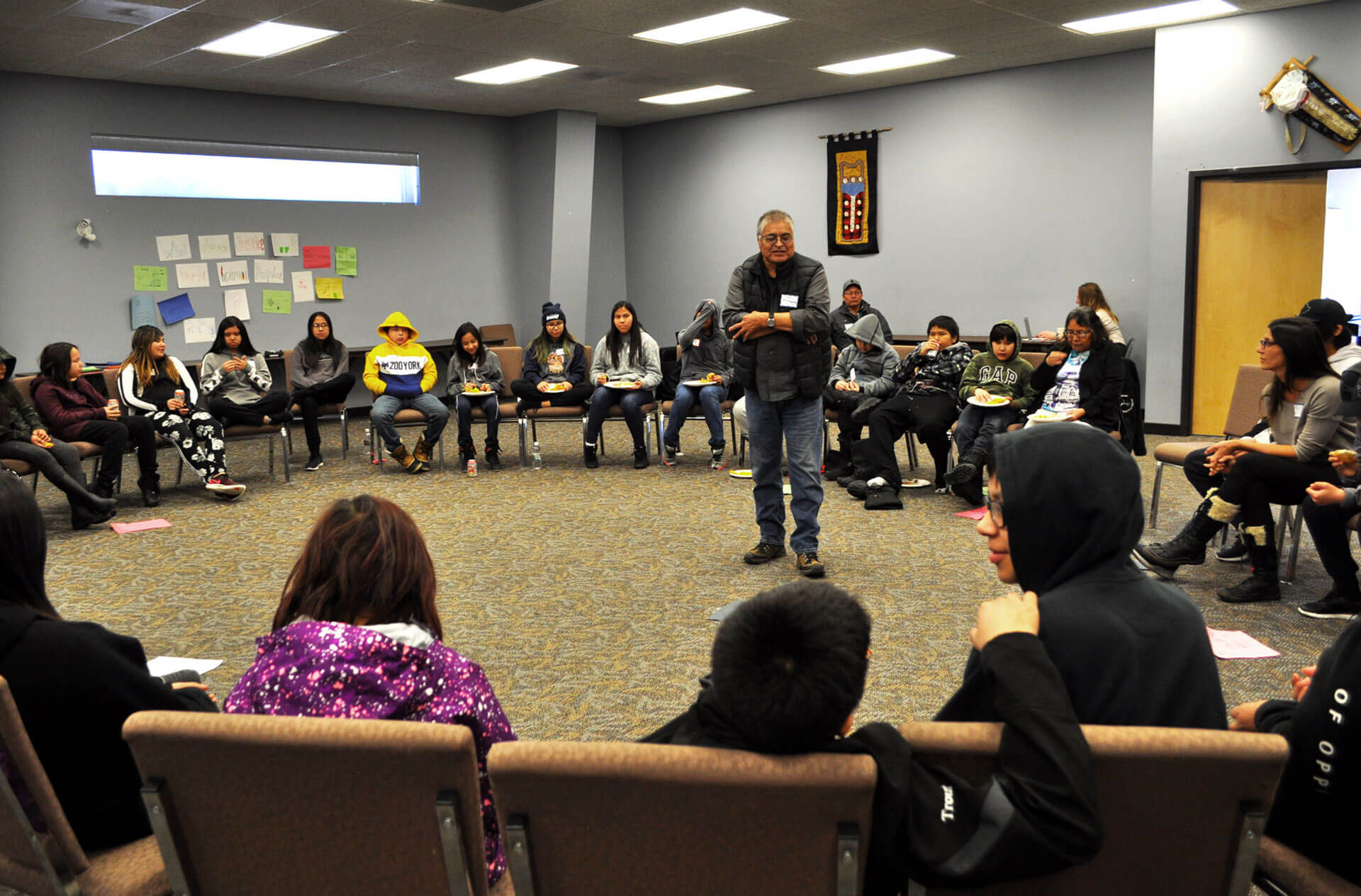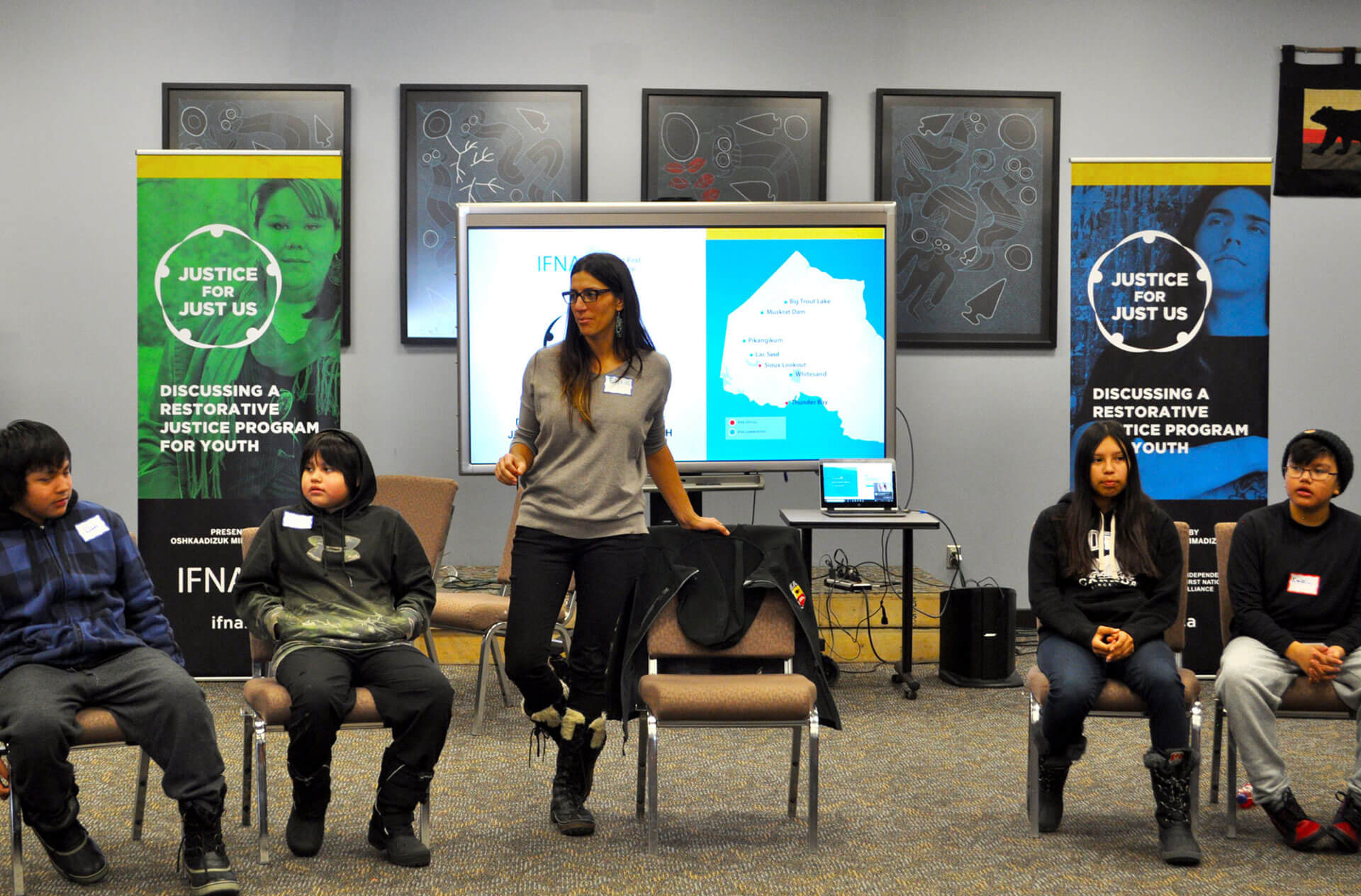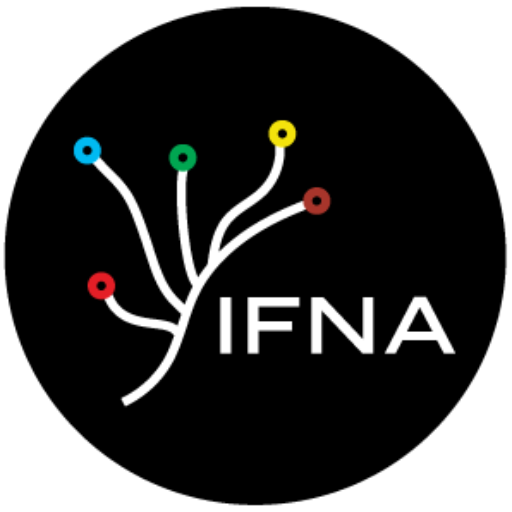IFNA’s Justice Program
March 2019
IFNA’s Justice Program was launched in 2018. We want to ensure IFNA community members know their options and we want to create alternative options which are more in line with tradition and less costly to all individuals. The program began under the Revitalization of Indigenous Legal Systems (RILS) proposal in 2017 with aims to create an arbitration panel to resolve civil disputes rather than utilizing the court system. The arbitration panel would merge Indigenous law and modern law in order to create an alternative that is more attuned to First Nation needs and tradition. To help develop this model, an understanding of the traditional laws that were used prior to arrival of the settlers was needed.


The team consulted with 18 Elders in IFNA. The wisdom of the Elders was, without question, the most important source of information for creating an alternative arbitration model and the codification of First Nation traditional law. The team is deeply grateful for their generous sharing of traditional and other knowledge.
In one of the visits we held a mock arbitration with participants, which garnered a lot of interest. All participants were supportive of the project and eager to move forward. A universal finding was that before Europeans, and then Canadians, became a significant presence in the traditional territory of the First Nations, civil disputes and issues were settled internally based on First Nation values, rules, and laws. Relevant civil matters included family, property, harvesting, and personal misbehaviour. Depending on the nature and seriousness of the matter, various respected people intervened. These included family leaders, clan leaders, shaman (or medicine people), and Chiefs. The dispute resolution process was based on hearing all sides, getting to the root of the issue in a respectful, equitable manner in the best interests of the individuals involved and the community as a whole. All thought that this system worked very well and led to peaceful community life.
The procedure and symbolism have to be adjusted to accommodate First Nation traditions and values. In this way, the dispute resolution will be more comfortable for First Nation participants and will promote participation. Various concrete suggestions were made during the community visits, including use of First Nation language, circle formats, respect for sacred items such as drums and eagle feathers, time for prayers and ceremonies, and open-ended discussion aimed at reaching consensus, as opposed to the standard adversarial model.
In all the community visits, the IFNA team made it clear that the proposed model is only intended to deal with civil matters, such as family, property, leadership, and money issues. The modified arbitration model can only be triggered with the mutual consent of the affected parties. The process of drawing out such laws and interpretations is a positive and hopeful one. We have started and we believe that we have a critical mass of information and opinion that will enable us to establish the proposed dispute resolution model and begin operations, including, intake for actual civil matters.
IFNA received additional funding to add a youth component to the Justice program. The goal of the youth program, named Oshkaadizuk Mino-Biimadizowin (OMB), is to educate youth on the justice system, create opportunities for dialogue with leadership, and hear their thoughts on justice.
The Justice Program combined both projects into concurrent one-day workshops. This agenda structure also provided the opportunity for the youth and Elders to come together on the topic of justice. The team conducted workshops with over 100 youth and gained a new understanding of the justice system and the supports available to them.
Some areas of focus included: Education on the term “justice” and the current justice system, options for culturally relevant land-based programming for IFNA youth focused on education and prevention, discussions on respective IFNA First Nations’ interest in community specific approaches to justice, and the promotion of awareness about the importance of the seven grandfather teachings; Love, Respect, Courage, Honesty, Wisdom, Humility and Truth.
Each youth session began with all the participants seated in a circle and an Elder giving an opening prayer. Session themes included the concept of “What is justice?”, knowledge of courts and laws, “What does justice look like for Indigenous people?”, and the restorative justice model. The Indigenous Peoples Court was discussed, as well as Nameenimwaywin, the Sandy Lake First Nation community-based diversion program, which provides land-based programming as an alternative and which aims to heal individuals and teach them new skills to divert them from the justice system. Additionally, the youth were asked to consider and discuss the idea of a First Nation Community-based Arbitration approach that could be a way to reclaim management and control of their own justice system.
The youth participated in mock restorative justice diversion. The goal was to arrive at a resolution where the accused could get back on the right track and restore any damage that was caused. The youth were engaged and participated eagerly. In each community the students came up with creative solutions for the accused’s healing plan. They experienced how talking circles can create spaces to apologize and address conflicts and saw there is room for restorative justice models to be used in communities for many different occasions.
All communities have expressed interest in IFNA continuing this program and expect IFNA to come back. Going forward, the community driven dispute resolution model will continue to rely heavily on the wisdom and good will of the Elders. The IFNA Justice Program team wish to take this opportunity to thank the Elders and other community members for sharing.
